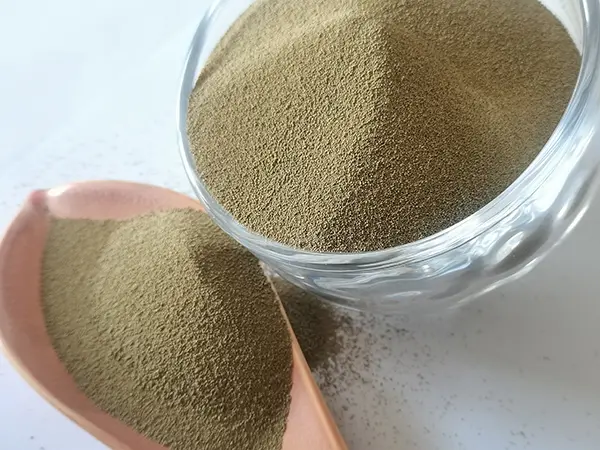The Versatility of Ceramsite
Ceramsite, a lightweight aggregate made from clay and other natural materials, has gained considerable attention in various industries due to its unique properties and applications. The process of creating ceramsite involves heating clay to high temperatures, causing it to expand and form small, porous pellets. This innovative material has transformed construction, horticulture, and environmental engineering by offering a sustainable and efficient alternative to traditional aggregates.
In construction, ceramsite is primarily used in lightweight concrete. Its low density significantly reduces the overall weight of structures, making it an ideal choice for high-rise buildings and bridges. The use of ceramsite in concrete not only enhances workability but also improves insulation properties. This means that buildings can maintain internal temperatures more effectively, leading to reduced energy consumption and lower heating and cooling costs. Additionally, ceramsite is resistant to fire and moisture, providing further durability and longevity to building materials.
Beyond construction, ceramsite plays a vital role in horticulture. Its porous structure allows for excellent aeration and drainage in soil mixes, promoting healthy root development for plants. Gardeners and landscapers appreciate ceramsite for its ability to retain moisture while preventing waterlogging, creating an optimal environment for various plant species. Furthermore, ceramsite is chemically inert, meaning it won’t leach harmful substances into the soil, making it safe for organic gardening practices.
ceramsite

Environmental engineering has also embraced ceramsite as a solution for waste management and water treatment. The lightweight aggregate is often used in filtration systems due to its ability to trap contaminants and facilitate the purification of water. Its structure provides a large surface area for microbial colonization, promoting the breakdown of organic pollutants. In recent years, ceramsite has been utilized in constructed wetlands, where it helps treat wastewater while supporting the growth of wetland plants that naturally filter pollutants.
Moreover, the production of ceramsite from natural resources can contribute to sustainability. By recycling industrial waste materials like fly ash and slag in the manufacturing process, ceramsite reduces the overall environmental impact and supports a circular economy. This approach not only conserves raw materials but also minimizes landfill waste, addressing growing concerns about environmental pollution.
In summary, ceramsite is a versatile material that has found applications across multiple sectors, proving its value in construction, horticulture, and environmental engineering. Its lightweight nature and beneficial properties make it an indispensable resource for modern, sustainable practices. As industries continue to explore innovative solutions for environmental challenges, ceramsite stands out as a prime example of how material science can contribute to a greener future. Whether used in high-rise buildings, gardens, or water treatment facilities, ceramsite showcases the potential for everyday materials to make a significant impact on our world.
Post time:Eyl . 02, 2024 21:35
Next:Resin Coated Sand Price - Competitive Pricing and Quality Solutions
